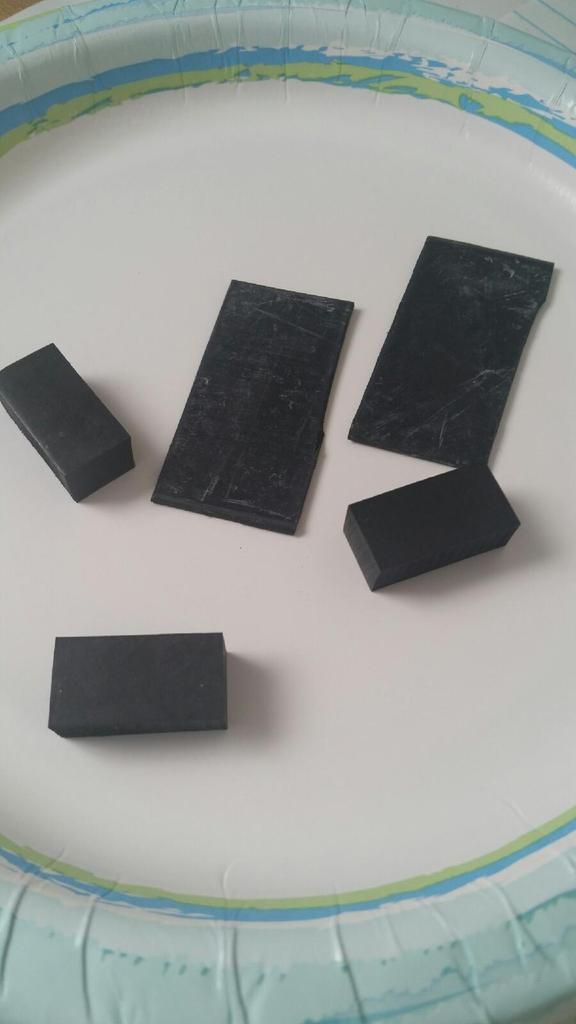On the current models I'd like to see threaded studs installed into the riser to provide an anchoring post, then use self-locking nuts (the cheap, reusable, friction/interference plastic insert type) over the clamps to provide the variable adjustment capability that each limb (with slightly differing thicknesses and profiles) requires. Once adjusted right they would never change until you put a wrench on 'em.
This attachment method would also help to alert people of an unintended application of excessive force... since, once the rubber squirts out from under the clamps, you're
probably overtightening them.

If a limb is slightly wider (and some of them are) than the limb socket machined into the riser, forcing a limb bolt down or overtightening a recoil clamp will cause that limb to be pinched and cut as it is forced down into the socket. The older style shoulder bolts encouraged this to happen both at the factory and by the owner, because they were meant to be tightened until bottomed out, irrespective if the shoulder bolt length matched the thickness of each limb properly or not.
The newer style clamps and spacers solve none of those problems of old, and in practice fail to provide an important part of the limb location(ing) function engineered into the product. A solution may prove to be cheaper to implement than the present non-solution is too, because all you need (to think up) is an anchoring post and some depth adjustability. Studs are good at doing that job.
Or better yet... on future models redesign the entire riser (and limbs too) to provide a more precisely controlled limb mounting apparatus.
Current interest: VPA non-vented 125gr, 150gr, 175gr broadhead flight for long range


 [/URL] pm me i got what you need
[/URL] pm me i got what you need